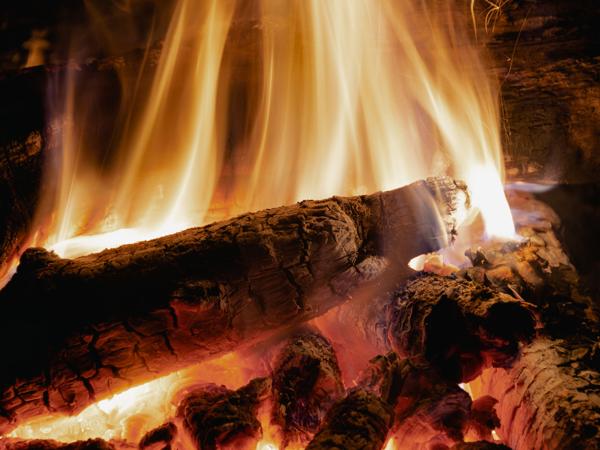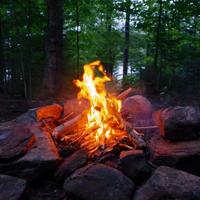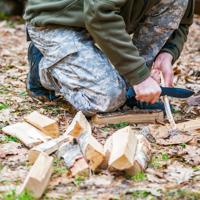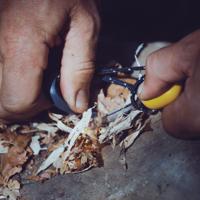When you’re out in the wild or preparing for emergencies, the ability to start a fire can be crucial. It provides warmth, a means to cook, and can signal for help. However, choosing the right materials for fire starting can make a significant difference. This article will explore some of the helpful materials you can use, drawing from personal experiences and available knowledge.
Char Cloth
Char cloth is a simple, yet effective fire-starting material. It’s made by heating cotton fabric in a low-oxygen environment, leaving behind a charred material that ignites easily with a spark. Many survivalists appreciate its reliability, especially in situations where you have access to flint and steel. Making char cloth is a rewarding DIY project that can equip you with a sustainable fire starter.
Petroleum Jelly and Cotton Balls
Combining petroleum jelly with cotton balls creates a robust fire-starting tool. The cotton serves as an excellent tinder base, and the petroleum jelly extends the burning time. I discovered this method during a camping trip where wet conditions made fire starting a challenge. It proved extremely efficient and has since become a favorite in my survival kit.
Dryer Lint
An often overlooked resource, dryer lint is something most households have in abundance. It’s lightweight, catches fire easily, and pairs well with wax for longer burn times. It’s a free and easy choice for many, although it is crucial to ensure it’s dry and clean—lint containing synthetic fibers could produce harmful fumes.
Birch Bark
If you find yourself in a northern forest, birch bark is a natural ally. It contains oils that make it flammable even when slightly damp, which can be a lifesaver in wet conditions. Peeling thin layers from dead birch trees or fallen branches can provide you with a dependable fire-starting material that has been used for centuries by indigenous peoples.
Magnesium Shavings
Magnesium is a popular fire-starting material for those who carry special fire starter tools. By scraping shavings off a magnesium block, you can create small, highly flammable pieces that can catch a spark easily. It’s commonly included in survival kits due to its reliability, even in harsh weather conditions.
Pine Resin
Pine resin serves as a natural fire accelerant because of its sticky, flammable properties. Gathering sap from trees can be a straightforward task, and when combined with other tinder sources like dry leaves or small twigs, it aids in sustaining a fire. Always make sure to collect resin safely and ethically, sparing the tree undue harm.
Jute Twine
Used in crafts and gardening, jute twine is a versatile and biodegradable fire starter. Untwist the fibers to create a fluffy bundle that can catch a spark readily. It’s portable, lightweight, and can serve double duty for other survival tasks like building shelter or crafting traps.
Research and References
The effectiveness of these materials is widely addressed in survival literature and resources. Books like “Bushcraft 101” by Dave Canterbury and “The Ultimate Survival Manual” by Rich Johnson provide great insight into traditional fire-starting materials. Additionally, forums and communities dedicated to wilderness skills often share user-generated tips and experiences that can be invaluable.
Conclusion
While there are many materials you can use to start a fire, the key is understanding their properties and preparing adequately. Each material has its unique advantages and also potential drawbacks, depending on the environment and conditions. By experimenting with different materials, you can discover which works best for your particular needs and scenarios. Fire starting, like many survival skills, benefits from practice and familiarity, so take the time to explore these resources safely.




